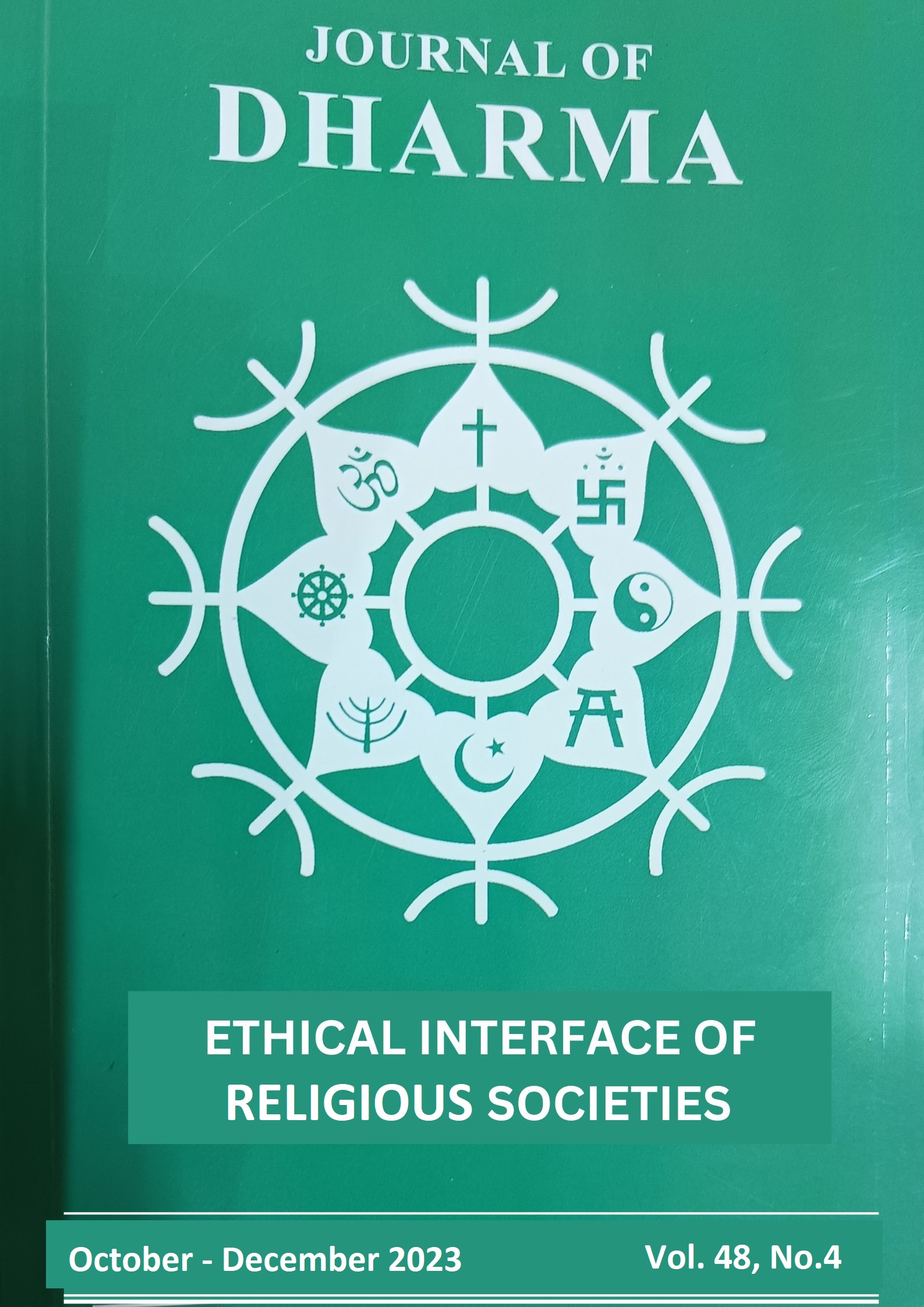ECO-ETHICS OR THEO-ETHICS?
Situating Sītā in and out of the Vedic and the Post-Vedic Societies
Keywords:
Ecosophy, eco-care, environmental philosophy, eco-aesthetics, Rāmāyaṇa, Ṛgveda, SītāAbstract
The primary objective of the paper is to understand the ethical interface in the Vedic and the Post-Vedic societies through revisiting the female divine figures who symbolized nature in various texts. It attempts to show how theoethics embodied in the character of Sītā is different from ecoethics required to foster a sustainable society for today’s world. The article draws parallels among the characters of Araṇyani, a Ṛgvedic goddess, Sītā of Vedic literature, and Sītā of Rāmāyaṇa. The paper, further, intends to situate Sītā outside the Rāmāyaṇa to understand her real place. Her character in the Rāmāyaṇa also epitomizes the clash of Sanskṛti (culture, civilization) and Prakŗti (nature). Her character overlaps with the Ṛgvedic goddess Araṇyanī, whose significance in environmental philosophy can be understood from the hymns dedicated to her in the 10th book of the Ṛgveda. Many facets of Sītā’s character can be understood from the hymns dedicated to Araṇyanī, the goddess of forest and fertility. Sītā of Vedic literature, appeared much before the epic Rāmāyaṇa, venerated always for good crop and prosperity. The reappearance of Sītā in the Rāmāyaṇa reinforces her image as nature goddess. This article, upon literature review, argues emphatically that the depiction of Sītā in the Rāmāyaṇa and its succeeding texts basically supports the contention that Araṇyani, a Ṛgvedic goddess, and Sītā of Vedic literature were directly related to nature and are prototypes.
Downloads
Published
How to Cite
Issue
Section
License
Copyright (c) 2024 Journal of Dharma

This work is licensed under a Creative Commons Attribution-ShareAlike 4.0 International License.

